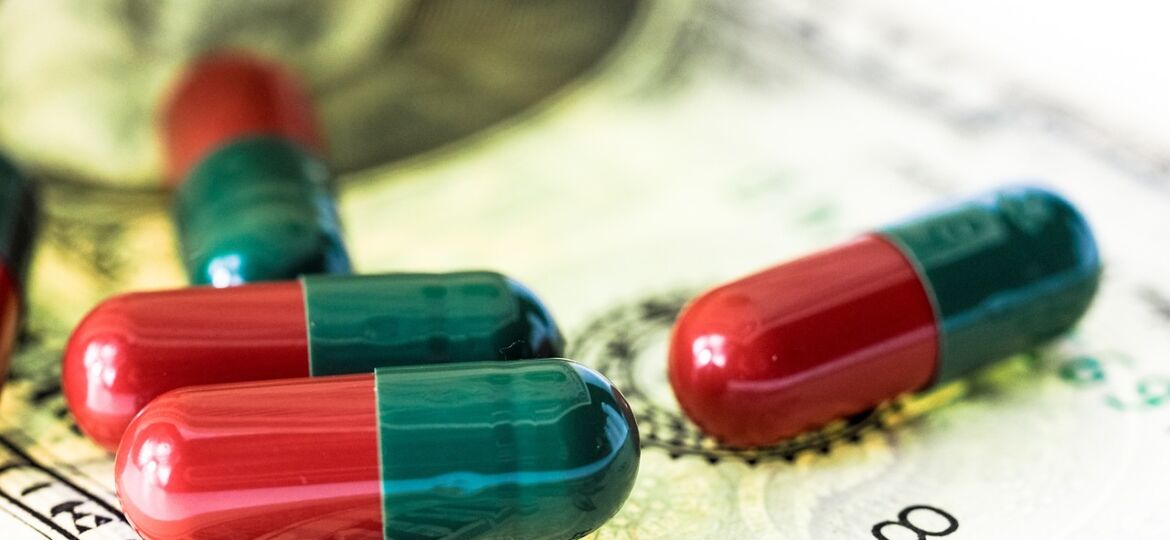
Uninsured adults and those in worse health continue to report higher rates of not getting care due to costs

Uninsured adults and those in worse health continue to report higher rates of not getting care due to costs
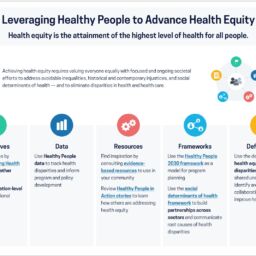
Healthy People 2030 Leveraging Healthy People to Advance Health Equity Health equity is the attainment of the highest level of health for all people. “Eliminate health disparities, achieve health equity, and attain health literacy to improve the health and well-being of all.”
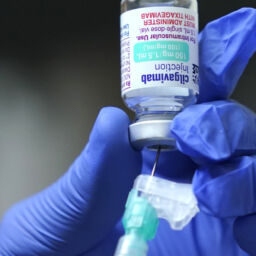
How a ‘weighted lottery’ helped underserved patients get a scarce Covid drug

The five most recent states to expand the scope of reimbursement for pharmacists are Maryland, Missouri, North Dakota, Virginia and Wyoming
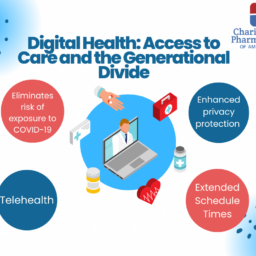
Just as banks have helped seniors bridge the digital divide and leverage online banking to better manage their money, healthcare organizations need to help older adults leverage digital technology to better manage their health.

How is a charitable pharmacy different from other types of pharmacies?
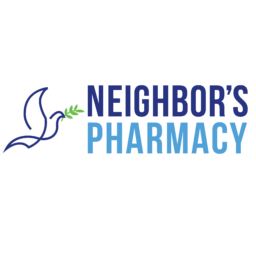
Branson MO: My Neighbor’s Charitable Pharmacy (NCP) will open its doors at 1232 Branson Hills Parkway February of 2023

Starting Sept. 25, Americans can again order free COVID-19 tests through the federal government.
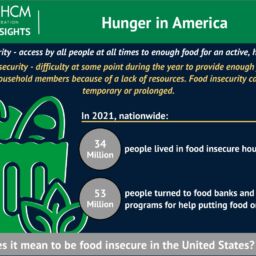
More than 34 million people in the United States were living in food insecure households in 2021, a decline from 38 million in 2020. The combination of the expanded child tax credit, Supplemental Nutrition Assistance Program benefits, and private donations all contributed to reducing food insecurity during the pandemic. Still there is much more work to be done, with food costs spiking 11.4%, the largest annual increase since 1979, inflation factors could easily cause food insecurity to grow.
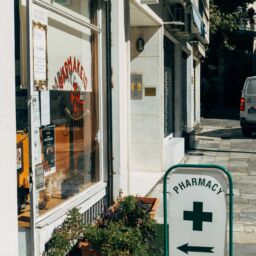
Federal/state grants are not the only gateways to funding. There are close to 750 “community foundations” nationwide which are public charities dedicated to improving the lives of people in a defined local geographic area.

St. Vincent de Paul Charitable Pharmacy offers article regarding impact of a charitable pharmacy on their community and patients
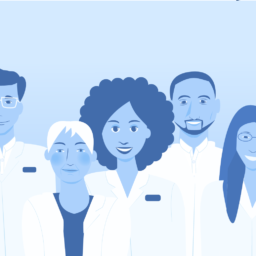
The Outcomes of Implementing and Integrating Comprehensive Medication Management in Team-Based Care: A Review of the Evidence on Quality, Access and Costs, December 2023

Three Healthcare Organizations Join Forces to Save Lives
Good Pill will provide direct access to hundreds of life-saving medications and save families $150+/month on healthcare cost

APPLICATIONS ARE OPEN! – Letters of Intent due 9/15/23
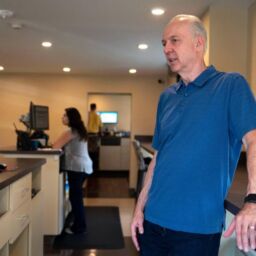
‘Unbelievably good price’: KC-area pharmacy dispenses bargain medicine — and hope Go to article

